On 8 and 9 June 2023 Kazakhstan, in the city of Astana hosted an international forum bringing together various international actors. The objective of this event was to facilitate in-depth discussions on global challenges and to work towards their resolution. By taking place in Central Asia, this meeting positioned the region at the heart of international issues, inviting the middle powers to participate in this dynamic exchange.
This thematic dossier focuses on Central Asia, which is a geographically diverse and strategically important region located in the heart of the Eurasian continent. Composed of five main countries, namely Kazakhstan, Uzbekistan, Kyrgyzstan, Tajikistan and Turkmenistan, this region is attracting growing interest due to its natural wealth, cultural heritage and geopolitical position.
Covering a vast area, Central Asia is bordered by Russia to the North, China to the East, Iran and Afghanistan to the South, and the Caspian Sea to the West. It is characterized by varied landscapes, ranging from vast plains to towering mountains, including the Himalayan Mountains and the Tian Shan Mountains. These mountain formations play a crucial role as a source of fresh water for the entire region, also harbouring unique ecosystems and remarkable biodiversity.
Each country in Central Asia has its own distinct geographical identity. Kazakhstan, the largest country in the region, is known for its vast steppes, deserts and abundant mineral resources. Uzbekistan, on the other hand, is the most populous country and famous for its historic Silk Road cities such as Samarkand and Bukhara, which testify to its rich cultural heritage. Kyrgyzstan is renowned for its breathtaking mountain scenery and lush green grasslands, while Tajikistan is home to the highest Himalayan peaks and alpine valleys. Finally, Turkmenistan is distinguished by its vast Karakum desert and its considerable natural gas reserves. But this diversity of landscape is also the mark of geographical isolation and encirclement by great powers belonging to the BRICS group: Russia, India and obviously China.
Thus, in the complex geopolitical context of Central Asia, the notion of “multi-vector politics” emerges as a key concept for understanding the strategies adopted by certain countries in the region and which hardly hide an obvious disparity between these various Eurasian nations in this respect. regarding their implementation.
But what do we really mean by “multi-vector policy”? This approach, which aims to diversify partnerships and establish relations with various international actors, allows the countries concerned to preserve their autonomy and strengthen their position in the game of international relations.
Kazakhstan stands out as a country that has widely adopted a multi-vector policy. Indeed, in an increasingly interconnected world, Kazakhstan quickly understood the importance of diversifying its partnerships beyond its regional neighbours.
One of the triggers that accelerated this partner diversification was the invasion of Ukraine, which called into question the stability and reliability of relations with Russia, traditionally a dominant partner for many countries in the region. These multi-vector policies aim to foster economic development, strengthen security and promote regional stability. They enable Central Asian countries to benefit from the advantages of international cooperation while preserving their independence and avoiding excessive dependence on a single actor.
However, it should be noted that the other Central Asian countries are still in a fragile phase and cannot yet fully claim a multi-vector policy. The economic, political and security challenges they face limit their options and often force them to rely on closer bilateral relations. This term “multi-vector policy” is very controversial and according to specialist researchers all countries in the region, not all of these countries have the capacity to be in this dynamic.
In their quest for growth and emergence, the countries of Central Asia have intensified their participation and their commitment to numerous international organizations, whether economic or politico-military. These include actors such as the Shanghai Cooperation Organization, the Collective Security Treaty Organization and the Eurasian Economic Union. These commitments demonstrate the commitment of the countries of Central Asia to strengthen their presence and influence on the international scene.
This file thus proposes to examine in more detail the different dimensions of the multi-vector policy in Central Asia, to analyse the advantages and the challenges faced by the countries of the region in their quest for diversified partnerships: European Union, Turkey, Iran, China… The aim here is to highlight the opportunities and future prospects linked to the very rich resources of these Central Asian countries, particularly in hydrocarbons, but also because of their strategic position at the crossroads of new silk transport routes and to a lesser extent the Gateway as well as their growing role on the international scene. However, the limits, dependencies and border fears that persist in this region of the world will be presented throughout this work to identify the challenges to be met in the years to come.






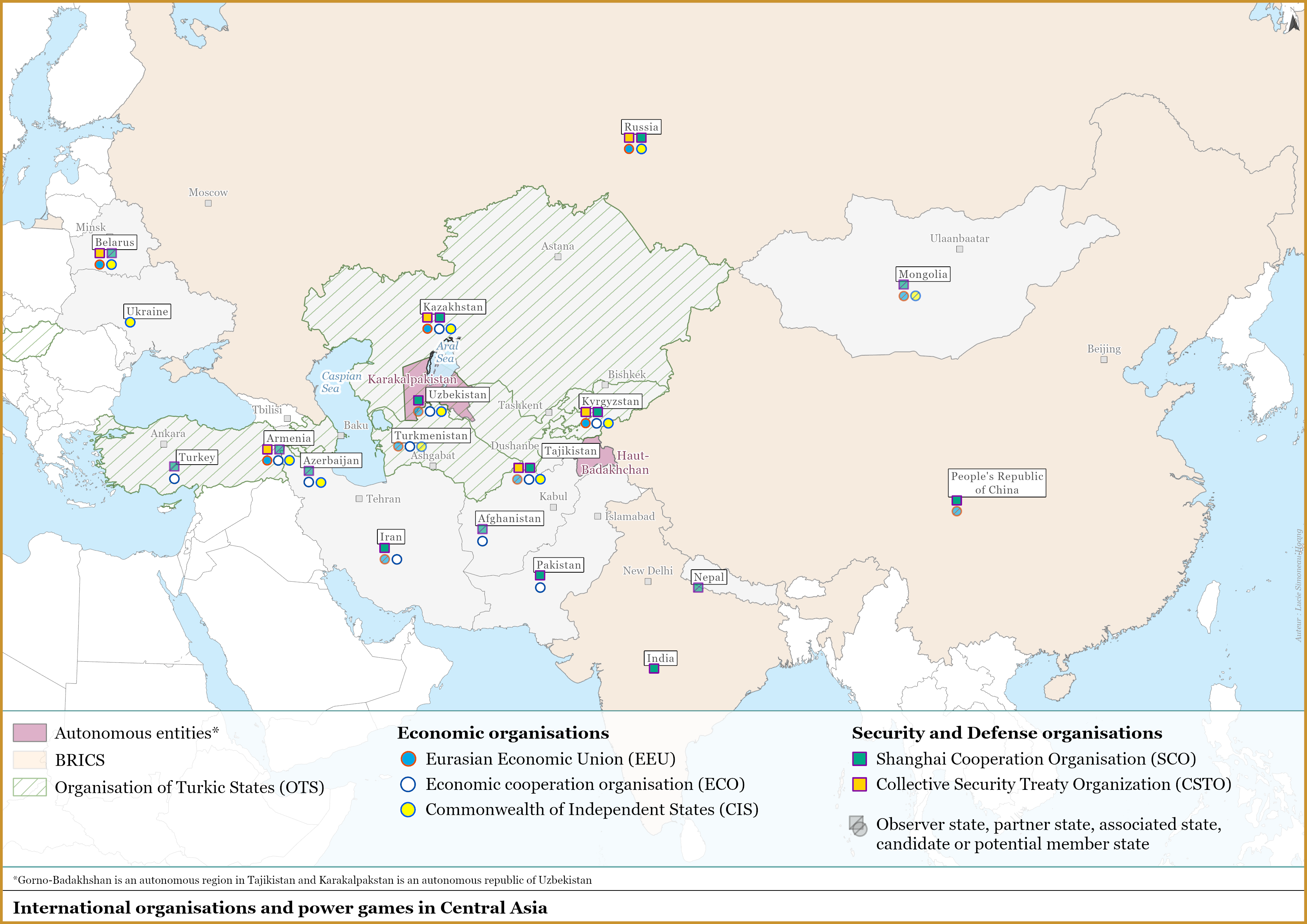
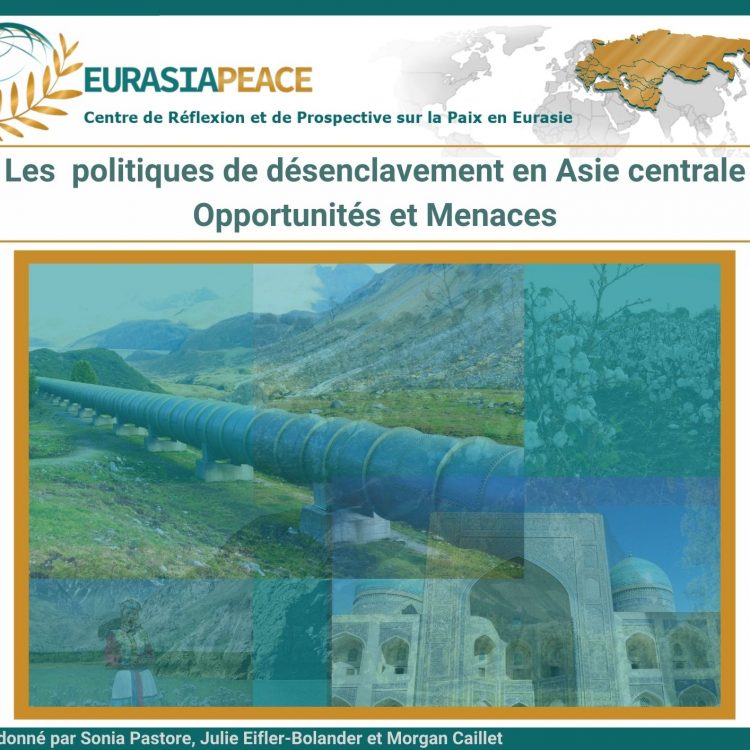
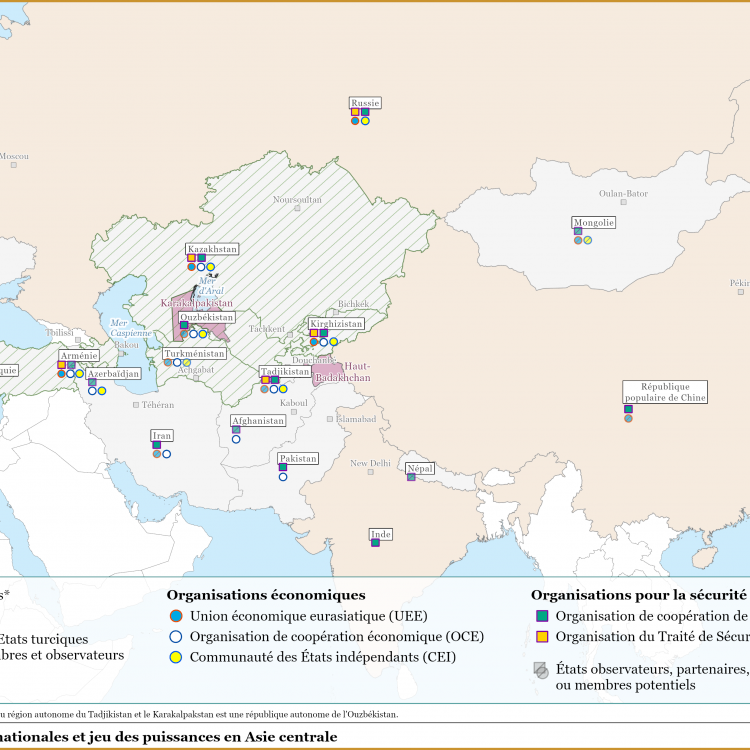



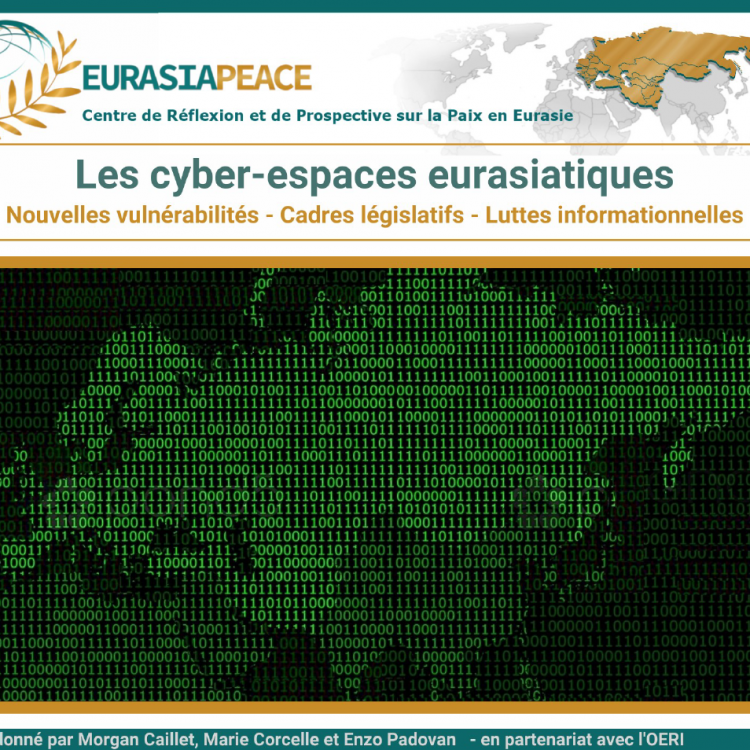
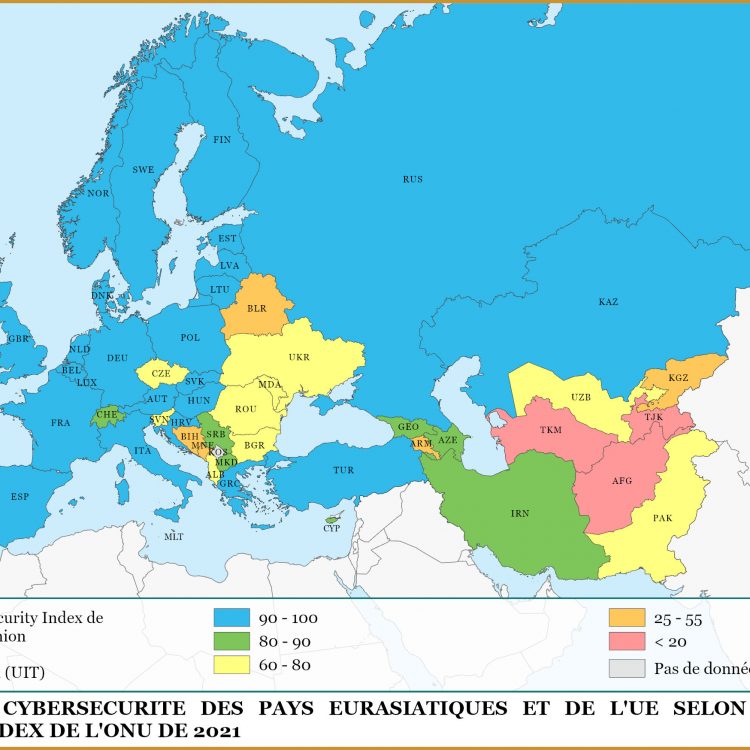
Avis
Il n’y a pas encore d’avis.